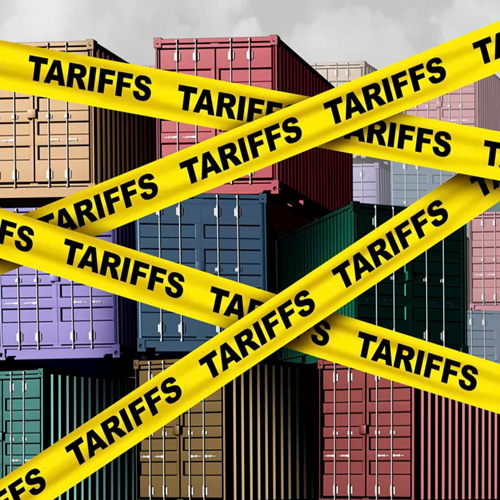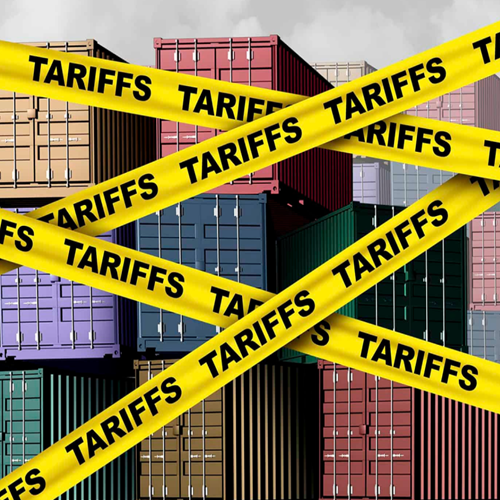Posted Thu, Mar 4, 2021 12:24 PM
NESG GDP Alert Review: Nigeria exits recession with a GDP growth of 0.1% in Q4-2020

Nigeria exited recession with a GDP growth of 0.1% in Q4’2020
The Nigerian economy posted a mild growth of 0.1% in the fourth quarter of 2020, thereby offsetting the consecutive output contractions in the second and third quarters of 2020. For full year 2020, the economy contracted by 1.9% compared to an expansion of 2.3% in 2019. The rebound also represents the weakest real GDP growth since the second quarter of 2017, when Nigeria exited the 2016 recession.
The economic recovery could be attributed to an improvement in the non-oil sector, after restrictions were lifted on international travels coupled with the resumption of business and economic activities, particularly in the last quarter of 2020. In nominal terms, the size of the economy in 2020 stood at N152.3 trillion (US$425.7 billion). The per capita GDP fell by 11.5% to $2,092.5 in 2020 from $2,372.7 in 2019. This could be largely due to domestic currency weakness.
Oil sector was hardly hit by COVID-19; non-oil sector showed some resilience
The non-oil sector which accounted for 92% of the overall real GDP in 2020 contracted by 1.3% from an expansion of 1.7% in 2019. To prove its relative resilience against the devastating impacts of COVID-19, the non-oil sector expanded by 1.7% in the fourth quarter of 2020. This was partly due to the improvement in the growth performances of sectors including ICT (12.9%), mineral quarrying (21.1%) and financial services (9.4%). Meanwhile, the oil sector was largely ravaged by the global health crisis as it remained in contraction throughout 2020 with an overall growth at -8.9% in the year compared with a growth of 4.6% in 2019. The abysmal performance of the oil sector could be attributed to a decline in domestic crude oil production which fell to 1.8 million barrels per day in 2020 from 2 million barrels per day in 2019.
Sub-sector Assessment
The Agricultural sector was least affected by COVID-19 crisis in 2020
Although the growth of the agricultural sector slowed to 2.2% in 2020 from 2.4% in 2019, the sector was one of the resilient sectors in 2020. Remarkably, the sector’s growth stood at a 2-year high of 3.4% in the fourth quarter of 2020. This clearly demonstrates the relative stability of agricultural production in spite of the adverse impact of COVID-19 and lockdown restrictions. The impressive performance of the agricultural sector, particularly in the last quarter of 2020, was largely due to faster growth in crop production (3.7%)
Industrial Sector Growth was weakened by a sharp decline in oil and gas production
The industrial sector contracted by -5.9% in 2020 compared with a growth of 2.3% in 2019. This is the first negative annual growth since 2016. The sector’s growth reached a trough at -12% in the second quarter of 2020 at the height of the coronavirus spread. The output decline in the industrial sector was driven by larger contractions in crude petroleum and natural gas sub-sector in the last three quarters of 2020, most especially. Depressed manufacturing activities also contributed to the weakness of the industrial sector in 2020.
Growth in ICT and Finance influenced the performance of the Services sector in 2020
The services sector recorded a contraction of -2.2% in 2020 relative to an expansion of 2.2% in 2019. This represents the first negative annual growth of the sector since 2016. The deceleration of the sector’s growth in 2020 was largely due to large contractions in major sub-sectors including transportation & storage (-22.3%), accommodation & food services (-17.8%), real estate (-9.2%) and trade (-8.5%). The negative growth rates in these activities largely suppressed the gains from the strong growth of ICT and financial services sectors at 12.9% and 9.4%, respectively, in 2020. Out of the 22 activities in the services sector, 15 sub-sectors contracted while 7 activities expanded in 2020.
Sectoral Breakdown of Growth - Top and Bottom 10 sub-sectors
A further breakdown of the 2020 growth numbers showed that quarrying and other minerals led the 17 expanding sectors with a growth of 21.2%, followed by telecommunication and information services (15.9%), financial institutions (13.3%) and broadcasting (4.9%). Conversely, activities contracted in 29 sub-sectors led by oil refining (-62.2%), followed by major activities in transport sector including air transport (-37%), rail transport and pipelines (-33.6%) and road transport (-22.3%).
Find a blog post
Latest Releases

Strategic Implications of US Rec .. Read
3 days ago

Strategic Implications of US Rec .. Read
4 days ago

Engagement Towards a Successful .. Read
3 days from now
